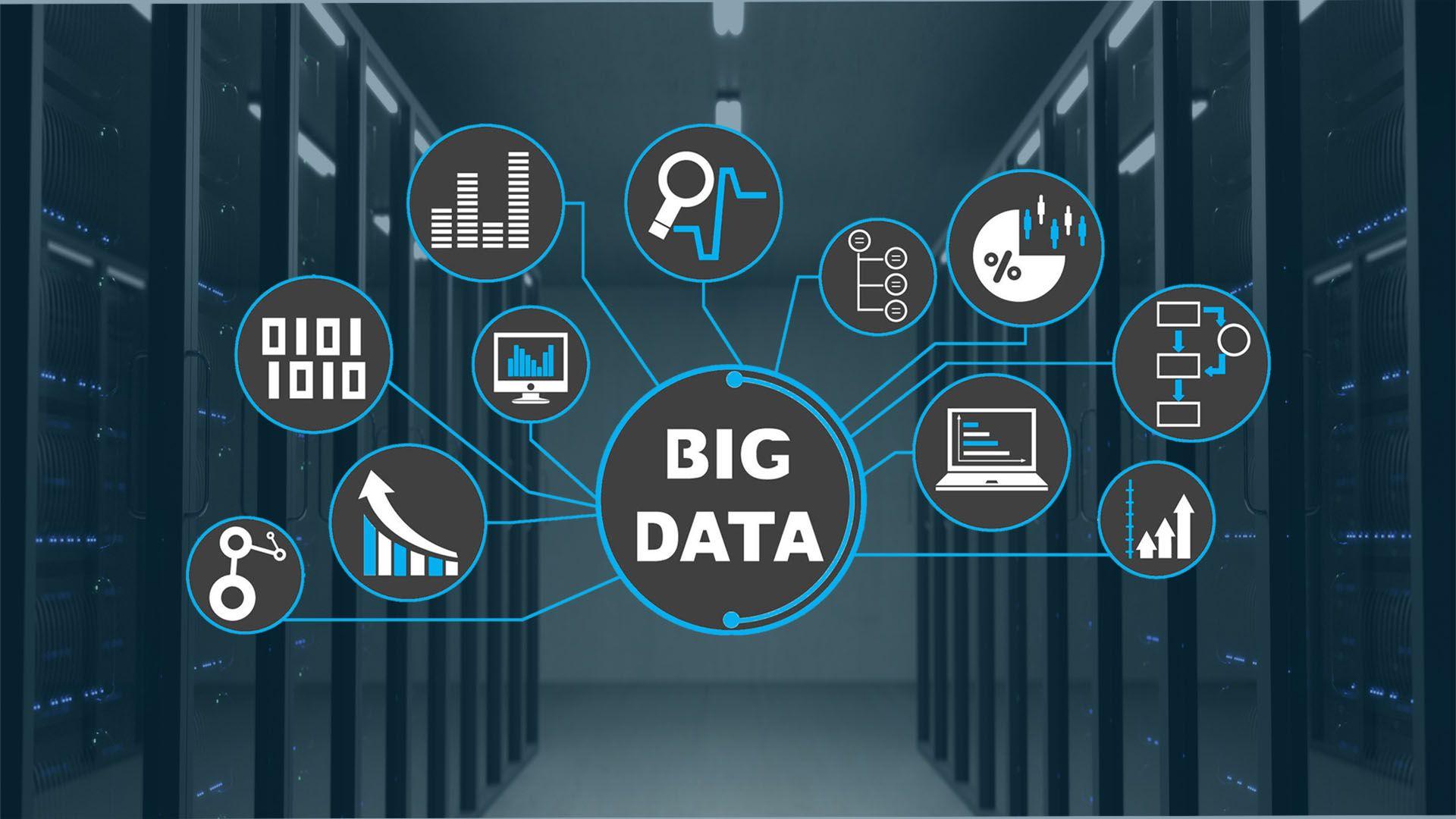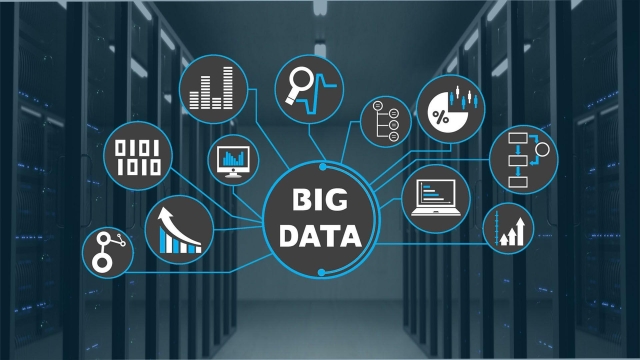
In today’s rapidly evolving world, access to vast amounts of data has become more prevalent than ever before. With the advent of technology and the interconnectedness of our digital landscape, the potential for research and data analysis to yield profound insights has grown exponentially. Research and data analysis, when employed effectively, can unlock a world of knowledge, illuminating patterns and trends that would otherwise remain obscured. From the realms of scientific exploration to the complexities of business decision-making, the power of research and data analysis serves as an invaluable tool, guiding us towards informed choices and transformative breakthroughs. Whether it is unraveling the mysteries of the universe or decoding consumer behaviors, the methodologies of research and data analysis hold the key to unlocking a deeper understanding of the world around us. By harnessing the power of research and data analysis, we embark on a journey towards enlightenment, equipped with the power to make better decisions, shape our futures, and spark innovative solutions to the challenges we face. So, let us delve deeper into the significance of research and data analysis and explore the boundless possibilities that lie within.
The Importance of Research
Research plays a pivotal role in uncovering valuable insights and driving informed decision-making. By systematically investigating a topic or issue, researchers can gain a deeper understanding of the subject matter and generate meaningful data. This article explores the vital role of research in unlocking insights and highlights the power of data analysis in making sense of the information gathered. Let’s dive into the importance of research and how it drives evidence-based outcomes.
First and foremost, research provides a solid foundation for knowledge-building. It allows us to expand our understanding of various phenomena, whether it’s in the fields of science, social sciences, or business. Through rigorous investigation, researchers gather facts, gather evidence, and generate new information that contributes to the existing body of knowledge. This process is critical for academia, as well as for advancements in industries and society as a whole.
Furthermore, research empowers us to validate ideas and hypotheses. By conducting well-designed studies, researchers can test assumptions, verify claims, and either support or refute certain theories. This scientific approach helps eliminate biases and ensures that information and conclusions drawn are based on evidence. As a result, decision-makers can have confidence in the reliability and accuracy of the outcomes.
Research also fosters innovation and drives progress. Whether it is in medicine, technology, or any other field, discoveries and breakthroughs are often the result of extensive research and data analysis. By exploring new possibilities and pushing the boundaries of knowledge, researchers pave the way for advancements that shape our society and improve our lives.
In summary, research is of utmost importance for expanding knowledge, validating ideas, and driving innovation. It provides a solid foundation for decision-making by offering evidence-based insights. By recognizing the power of research and embracing data analysis, we can unlock valuable insights that have the potential to transform industries and create positive change.
The Process of Data Analysis
Data analysis is a crucial step in the research process that helps to uncover valuable insights and draw meaningful conclusions. By utilizing various techniques and tools, researchers can transform raw data into actionable information. Let’s delve into the three key stages of the data analysis process.
- Literature Review Service
-
Data Preparation: The first stage of data analysis involves collecting and organizing the data in a structured manner. This may include cleaning the data by removing any inconsistencies or errors, ensuring uniformity in formatting, and handling missing values. Additionally, researchers may need to transform the data into a suitable format that can be easily analyzed. By investing time and effort in data preparation, the accuracy and reliability of the subsequent analysis can be greatly enhanced.
-
Exploratory Data Analysis: Once the data is prepared, researchers move on to explore its characteristics and relationships. Exploratory data analysis involves examining the distribution of variables, identifying patterns, and detecting outliers or anomalies. This stage often entails generating descriptive statistics, visualizations, and conducting basic statistical tests. Exploratory data analysis helps researchers gain a deeper understanding of the data set and uncover initial insights that can guide further analysis.
-
Statistical Analysis: The final stage of data analysis involves applying statistical techniques to extract insights and draw meaningful conclusions. Researchers may employ various statistical methods depending on the nature of their research questions and the type of data they have collected. This may include hypothesis testing, regression analysis, clustering, or machine learning algorithms. The goal is to uncover relationships, make predictions, or test the significance of findings. Through statistical analysis, researchers can provide evidence-based conclusions and make informed decisions.
In conclusion, the process of data analysis involves data preparation, exploratory data analysis, and statistical analysis. Each stage plays a vital role in transforming raw data into valuable insights that can drive research and decision-making. By following a systematic approach, researchers can unlock the true power of research and data analysis.
Applying Insights to Decision Making
The power of research and data analysis lies in its ability to provide valuable insights that can inform decision making. By uncovering patterns, trends, and correlations, organizations can make more informed choices and improve their strategies. Through the application of these insights, organizations can gain a competitive edge, optimize their processes, and drive growth.
An essential aspect of applying insights to decision making is the translation of data analysis into actionable recommendations. The process involves taking the findings from research and transforming them into practical steps that can be implemented. This requires a deep understanding of the data and its implications, as well as clear communication skills to ensure that the insights are effectively conveyed to stakeholders.
Moreover, the reliability and accuracy of the research and data analysis play a crucial role in the decision-making process. It is essential to ensure that the data used is valid, up-to-date, and properly analyzed. By maintaining high standards of research and analysis, organizations can trust the insights generated and have confidence in the decisions made based on them.
Ultimately, applying insights to decision making is about leveraging the power of research and data analysis to drive positive change. By embracing a data-driven approach, organizations can make more informed and effective decisions, leading to improved outcomes and a competitive advantage in today’s fast-paced business environment.





